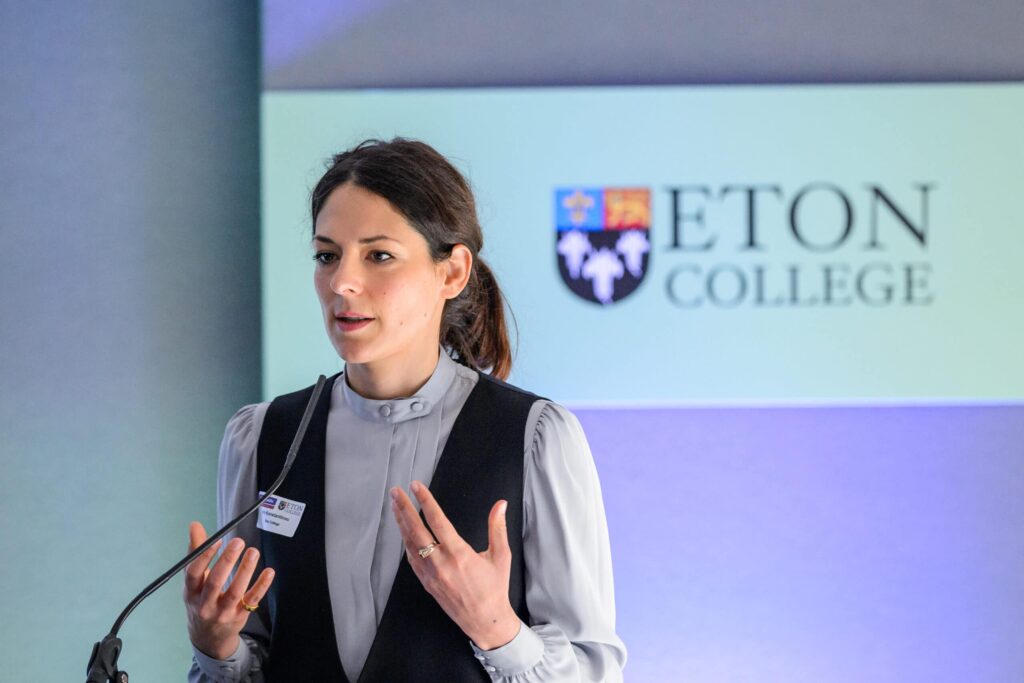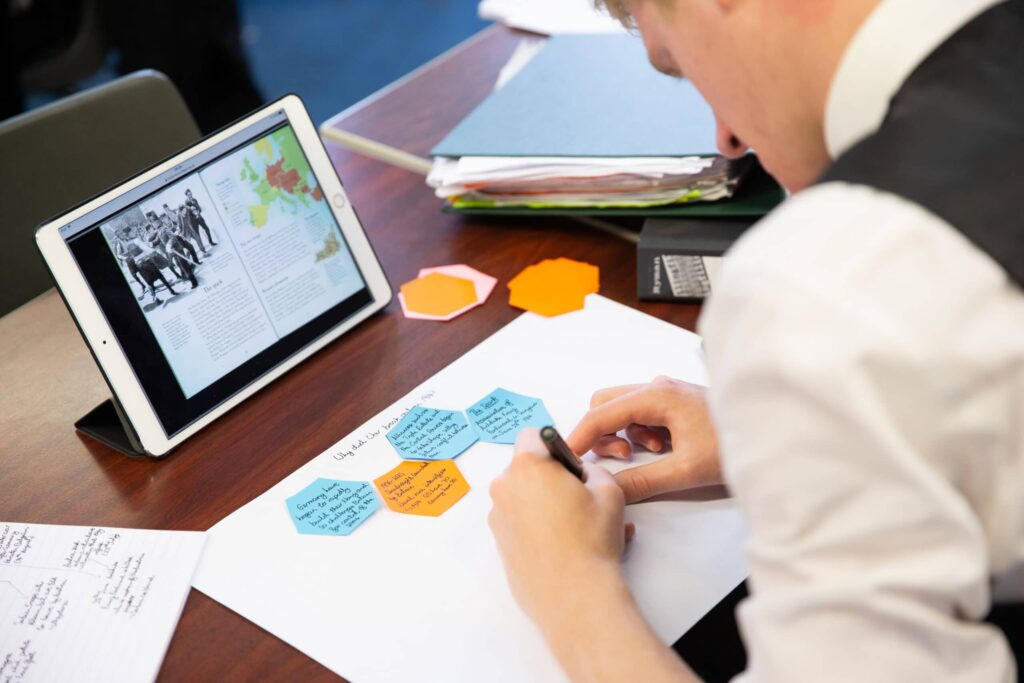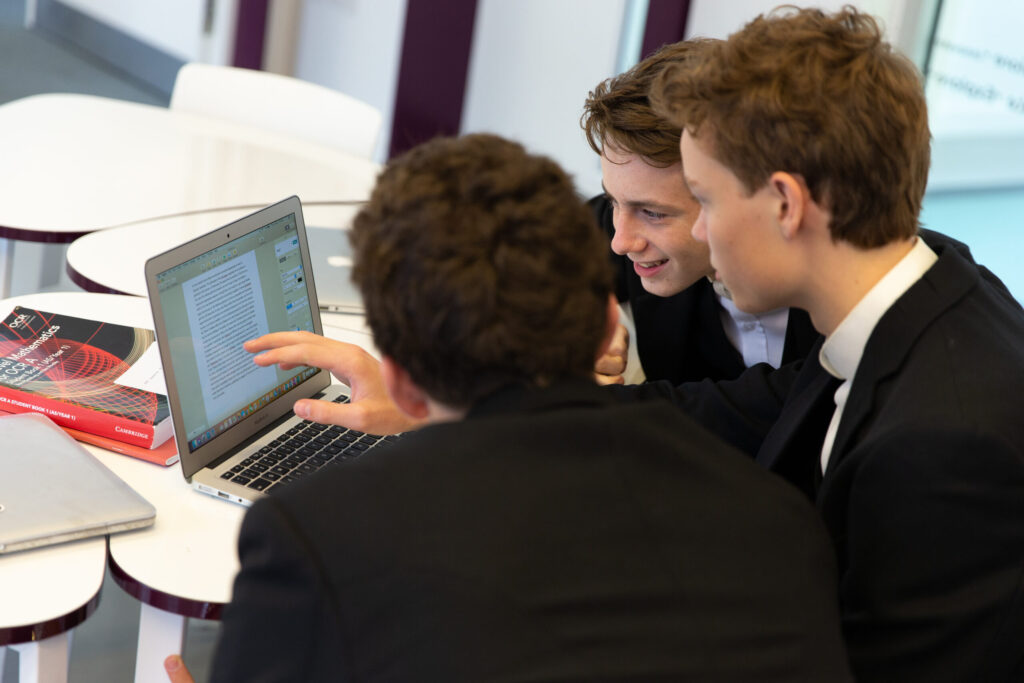This week’s blog post is based on Chapter Six of Jared Cooney Horvath and David Bott’s book entitled 10 Things Schools Get Wrong: And How We Can Get Them Right. The chapter formed the basis of this week’s Teaching and Learning Reading Group, hosted here at Eton.
Horvath and Bott challenge the notion that creativity, critical thinking, collaboration and communication, often deemed 21st century skills, should be elevated above other core competencies. They claim that these skills have not been determined by educators, but they have been identified by businesses and industry professionals as being desirable skills for their employees to possess.[1]
However, according to Horvath and Bott, these skills should be developed by students whilst at university and therefore it seems odd that graduates are lacking them in the workplace.[2] In a study conducted by the Harvard Business Review, it was found that an estimated 50% of entry-level graduates do not reach the 18-month mark of employment, and of the remaining 50% it is estimated that it takes them up to 24 months to demonstrate proficiency in these four key competencies.[3] Horvath and Bott claim that the issue lies in the fact that we are often unable to transfer skills from one domain to another.
They also argue that the ability to transfer skills is one of the ultimate goals of schooling as most educators seek to help their students to apply skills within broader domains which extend beyond the classroom.[4] However, transfer does not automatically occur and therefore even though students may display competency in these 21st century skills at school or university, this does not always transfer to the workplace.
That said, the ability to transfer skills across various domains is something which can be learnt through a three-step process.
1. Knowledge
In order for transfer to occur, the individual needs to possess a deep understanding of the facts and concepts of a domain. The psychologist Daniel Willingham argues that ‘the processes we most hope to engender in our students – thinking critically and logically – are not possible without background knowledge’.[5]
2. Contextualisation
The next step for effective transfer is to use this prior knowledge to re-characterise skills in accordance with the demands of the new domain. It is rare that skills can be directly applied across contexts; instead, they need to be effectively re-contextualised.[6]
3. Adaptation
Finally, these newly contextualised skills now need to be adapted and refined to match the new domain. This is perhaps the most difficult aspect to master. Once a skill has become automated within a particular context, it can be very difficult to adjust and alter it outside of the original domain.[7]
This act of taking in knowledge, synthesising it, acting upon a new context and then adapting skills to suit this new context is essentially the process of learning.[8] Therefore, developing students’ ability to learn seems the only way educators can prepare students for an unpredictable future. Horvath and Bott argue that those who know how to learn will set the bar for what we deem to be key 21st century skills in the future.
How can we develop students’ ability to transfer skills between contexts?
Horvath and Bott argue that being explicit and regularly practising transfer are the two key things an educator can do to help students to transfer their skills.
Being explicit refers to making the learning process clear and obvious to students. Demystifying the process and explaining to students why certain pedagogical decisions are made allows them to take agency over their own learning. Horvath and Bott suggest asking students the following questions:
- ‘Where have we seen this material before?’
- ‘Why do you think we’re starting the lesson today with a quick quiz?’
- ‘How is this similar to or different from what we learnt last week?’
- ‘What previously learned skills may be relevant here?’
- ‘What stage of learning are we up to now?’
Regularly practising the transfer of skills across different contexts encourages students to recognise that the same process occurs across all domains.
[1] Partnership for 21st Century Skills (2002). Learning for the 21st Century: A Report and Mile Guide for 21st Century Skills. Available at: https://eric.ed.gov/?id=ED480035.
[2] L. Kislik, (2018). ‘What to do when you realize you made a bad hire’. Harvard Business Review. Available at: https://hbr.org/2018/08/what-to-do-when-you-realizeyou-made-a-bad-hire.
J. Sullivan, (2017). ‘Ouch, 50% of new hires fail’. ERE Media. Available at: https://www.ere.net/ouch-50-of-new-hires-fail-6-ugly-numbers-revealing-recruitingsdirty-little-secret/.
[3] M. Bidwell, (2011). ‘Paying more to get less: The effects of external hiring versus internal mobility’. Administrative Science Quarterly, 56(3), 369-407.
[4] S. M. Barnett & S. J. Ceci, (2002). ‘When and where do we apply what we learn?: A taxonomy for far transfer’. Psychological bulletin, 128(4), 612.
[5] D. T. Willingham, (2009). ‘Why Don’t Students Like School?’ Josey-Bass, 19-39.
[6] B. N. Green & C. D. Johnson, (2015). ‘Interprofessional collaboration in research, education, and clinical practice: working together for a better future’. Journal of Chiropractic Education, 29(1), 1-10.
[7] J. A. Taylor & R. B. Ivry, (2012). ‘The role of strategies in motor learning’. Annals of the New York Academy of Sciences, 1251, 1.
[8] J. B. Biggs & K. F. Collis, Evaluating the quality of learning: The SOLO taxonomy, (New York: Academic Press, 2014).




